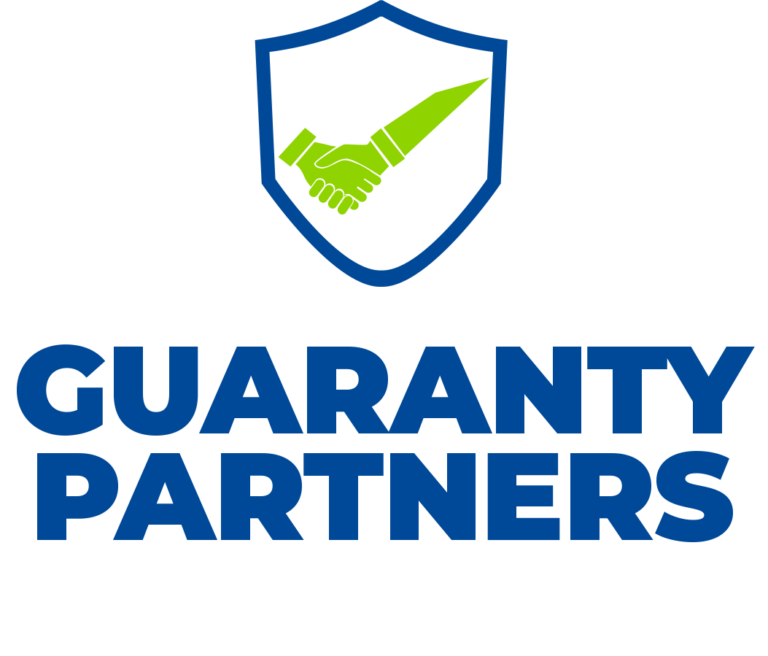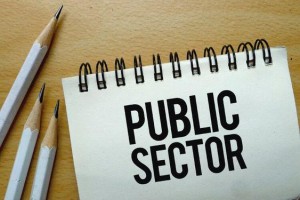Health, Safety and Environment (HSE) Training Course for Ports & Oil and Gas Industry
Course Fee:
The main objective of this course is to empower marine professionals and oil company employees with—
• complete information about health and safety of employees and protection of the environment
• awareness of best practices to follow at work to cause minimum pollution to the environment
• knowledge of certain precautionary measures while working and handling machinery or other equipment to prevent occupational hazards
• the necessary information to handle cargo and waste material in a controlled manner so as to minimise negative impact to the environment
• the required skill and capability to devise, implement and manage safety and health management systems in the organisation
• the necessary knowledge and confidence to undertake training of new employees for protecting and safeguarding them and the organisations’ assets against hazards
• the required experience and information to implement advanced systems and technologies to ensure seamless maintenance of health, safety and environment quality
• the necessary information and skill to conduct regular internal audits for the organisation to ensure adherence to universal standards
• the adequate level of knowledge needed to progress in the organisation by undertaking critical roles in safety, health and environment awareness
Course Content
Types of Oil Work Hazards
• Motor vehicle accidents
• Contact injuries
• Fires and explosions
• Biological hazards
• Ergonomic hazards
• Slips, trips and falls
• Chemical hazards
Port Work Hazards
• Fires and explosions
• Chemical hazards
• Weather conditions/tidal movements
• Physical exhaustion
• Slips, trips and falls
• Cargo transport accidents
Ship Hazards
• Fires and electric shocks
• Carbon dioxide poisoning
• Electronic device hazards
• Aluminium tool and paint hazards
• Wind and lightning
• Oxygen deficiency
• Spillage
Importance of Health and Safety Awareness and Training
• Reduced injury and illness
• Positive work culture
• Reduced environmental impact
• Legal standard adherence
• Increased employer branding
• Increased credibility
• Reduced risk of losses
Elements of a Safety Management System
• Strategic plan
• Policies and processes
• Training and induction
• Monitoring
• Supervision
• Reporting
Pillars of a Health and Safety Management System
• Management commitment
• Clear safety objectives
• Defined methods and processes
• Transparency in safety management
Essential Elements of a Health and Safety Management Programme
• Hazard recognition, evaluation and control
• Safety performance management
• Regulatory compliance management
• Information collection and dissemination
• Assessments and audits
Success Factors of Health, Safety and Environment Management
• Leadership mind-set and corporate commitment
• Investment in infrastructure and management systems
• Education and training
• Regulatory framework
• Technology
Methodology
The training methodology integrates lectures, interactive discussions, collaborative group exercises, and illustrative examples. Participants will acquire a blend of theoretical insights and hands-on practical experience, emphasizing the application of learned techniques. This approach ensures that attendees return to their professional environments equipped with both the competence and self-assurance to effectively implement the acquired skills in their responsibilities.
DATE:
1ST BATCH: 14th – 17th Apr, 2026
2ND BATCH: 4th – 7th Aug, 2026
3RD BATCH: 1st – 4th Dec, 2026
Course Category
- Human Resource and Admin
- Finance and Accounting
- Internal Audit and Fraud Control
- Stores, Procurement and Supply Chain
- Information Technology
- Aviation and Maritime
- Banking, Investment and Insurance
- Business Communication
- Construction Management & Civil Engineering
- Engineering, Instrumentation and Maintenance
- Entrepreneurship and Business
- Hotel & Hospitality Management
- Law and Contract Management
- Management and Leadership
- Project Management
- Public Relations
- Public Sector
- Sales, Marketing & Customer Service
- Secretaries & Personal Assistants
- Transport & Logistics
- Security and Safety
More Courses
VENUE
25, Queen street, Alagomeji Bus Stop, Yaba, Lagos










